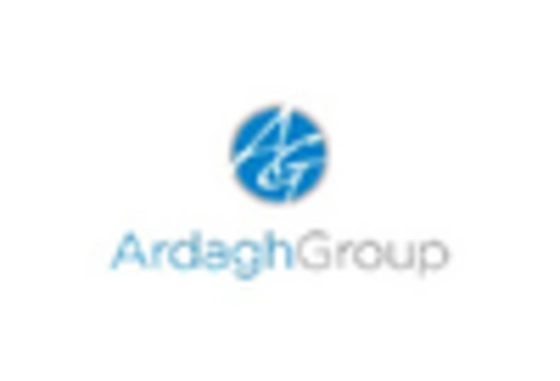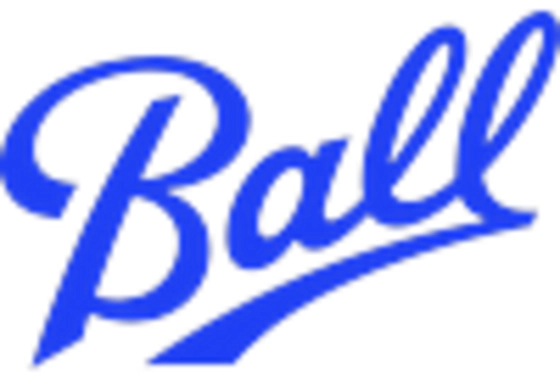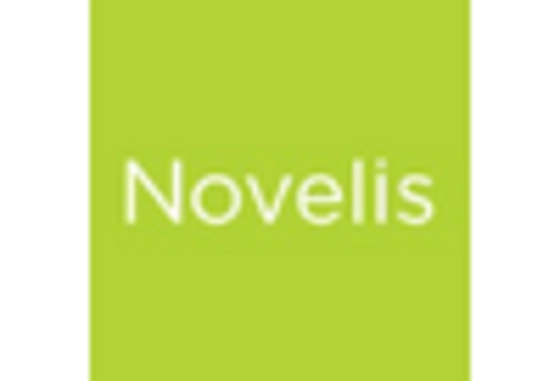Government Regulations and Policies
The Aluminum Cans Recycling Market is significantly influenced by government regulations and policies aimed at promoting recycling and reducing waste. Many governments have implemented stringent regulations that mandate recycling practices, particularly for materials like aluminum. These policies often include deposit return schemes, which incentivize consumers to return their aluminum cans for recycling. Such regulations not only enhance recycling rates but also create a structured framework for the Aluminum Cans Recycling Market to thrive. As governments continue to prioritize sustainability, the regulatory landscape is expected to evolve, further supporting the growth of the recycling market.
Economic Incentives and Cost Savings
Economic factors play a crucial role in the Aluminum Cans Recycling Market. The recycling of aluminum cans not only conserves energy but also reduces production costs for manufacturers. It is estimated that recycling aluminum saves up to 95% of the energy required to produce new aluminum from raw materials. This significant energy conservation translates into cost savings for companies, making recycling an economically viable option. Furthermore, many regions offer financial incentives for recycling programs, encouraging both consumers and businesses to participate. As a result, the Aluminum Cans Recycling Market is likely to benefit from these economic incentives, promoting a circular economy.
Consumer Awareness and Demand for Recycling
The Aluminum Cans Recycling Market is experiencing a notable increase in consumer awareness regarding environmental sustainability. As individuals become more informed about the detrimental effects of waste on the environment, there is a growing demand for recycling initiatives. This heightened awareness is driving consumers to actively participate in recycling programs, particularly for aluminum cans, which are highly recyclable. According to recent data, aluminum cans can be recycled indefinitely without losing quality, making them a preferred choice for environmentally conscious consumers. This trend is likely to bolster the Aluminum Cans Recycling Market as more individuals seek to contribute to sustainable practices.
Corporate Social Responsibility Initiatives
Corporate Social Responsibility (CSR) initiatives are becoming increasingly prevalent within the Aluminum Cans Recycling Market. Many companies are recognizing the importance of sustainability and are actively engaging in recycling programs as part of their CSR strategies. By promoting recycling and reducing waste, these companies not only enhance their brand image but also contribute to environmental conservation. This trend is particularly evident among beverage manufacturers, who are investing in recycling infrastructure and awareness campaigns. As CSR initiatives gain traction, the Aluminum Cans Recycling Market is likely to experience growth, driven by the collective efforts of businesses committed to sustainable practices.
Technological Innovations in Recycling Processes
Technological advancements are transforming the Aluminum Cans Recycling Market by enhancing the efficiency and effectiveness of recycling processes. Innovations such as automated sorting systems and advanced shredding technologies are streamlining operations, reducing contamination, and increasing the quality of recycled aluminum. These technologies enable recyclers to process aluminum cans more efficiently, thereby increasing the overall recycling rates. As the industry adopts these cutting-edge technologies, it is likely to see a surge in the volume of aluminum cans being recycled, contributing to a more sustainable future and bolstering the Aluminum Cans Recycling Market.


















Leave a Comment